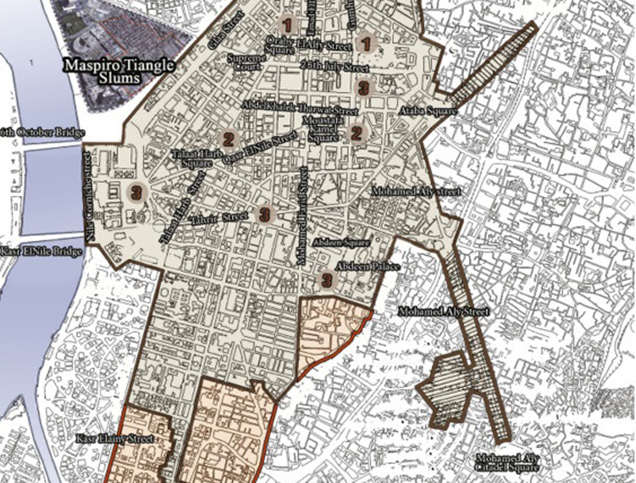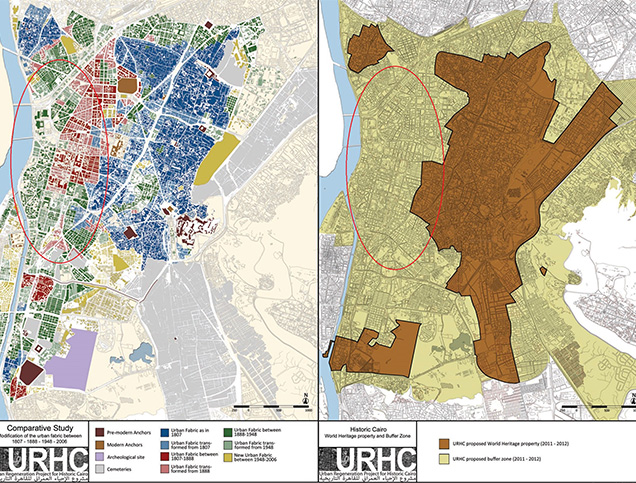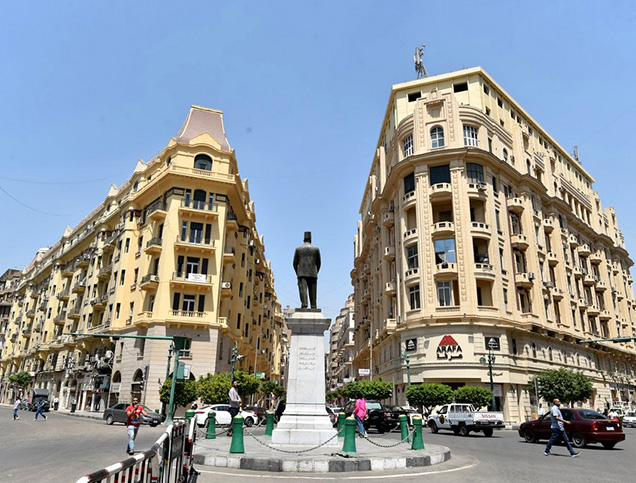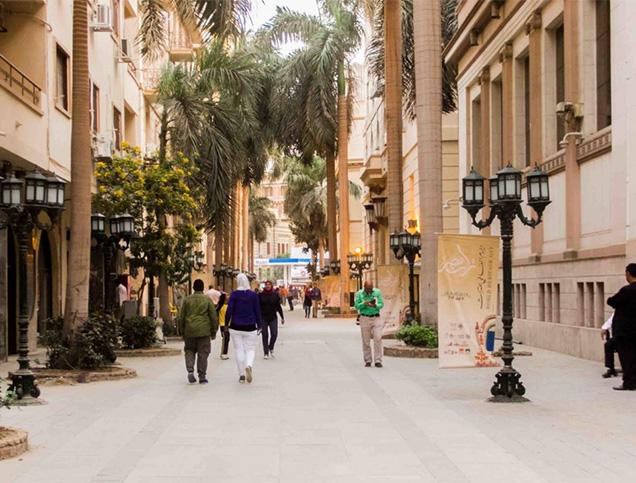
Close
responsive-lightbox domain was triggered too early. This is usually an indicator for some code in the plugin or theme running too early. Translations should be loaded at the init action or later. Please see Debugging in WordPress for more information. (This message was added in version 6.7.0.) in /home/kiju52ce/public_html/development/wp-includes/functions.php on line 6114updraftplus domain was triggered too early. This is usually an indicator for some code in the plugin or theme running too early. Translations should be loaded at the init action or later. Please see Debugging in WordPress for more information. (This message was added in version 6.7.0.) in /home/kiju52ce/public_html/development/wp-includes/functions.php on line 6114
Approach Words: City Identity, Heritage Preservation, Urban Livability
Public Policy Instruments: Organization, Physical Intervention, Planning, Regulatory
The Khedival Cairo Development Project is an urban regeneration and heritage restoration project targeting downtown Cairo, namely in the quarters dating to the Khedive Ismail period (1863 – 1879).1 The project aligns with the more comprehensive “Urban Regeneration Project for Historic Cairo” (URHC), and intervenes within the buffer zone of the UNESCO-classified city, according to the National Organization for Urban Harmony (NOUH) perimeters for Historic and Khedivial Cairo.i

Title: Map Showing the Khedive Cairo Boundaries and Project Phases.
Source: Click Here

Title: Khedival Cairo's Location in Urban Fabric Typologies Plan and Proposed URHC Project Buffer Zone.
Source: Click Here

Title: Talaat Harb Square and Surrounding Building After Restoration.
Source: Click Here

Title: Turning Al-Sharifayn Street into a Pedestrianized Area After Renovation.
Source: Click Here
This Khedival Cairo Development Project aims to revitalize and preserve the area’s architectural heritage while enhancing its cultural, economic, and social value.2 In particular, the project seeks to enhance the condition and utility of historic buildings and public spaces between Tahrir and Opera Squares, passing through Talaat Harb and Mustafa Kamel Squares.3 This involves preserving heritage structures, improving the functionality of squares and streets while respecting their historical context, and upgrading the visual and physical aspects of the area.4 Efforts include color coordination, better lighting, new seating, clear signage, added greenery, and facilities for cyclists and individuals with disabilities, all designed to make the area more pedestrian-friendly.5 6 Landmark rehabilitation sites include restoring the Royal Opera House Theater’s external facades and repurposing the Opera Garage’s internal spaces and the Cairo Governorate Administrative Building.7

Owner/Developer (Public)

Contractor/Implementer
The restoration was initiated by the Cairo governorate8 according to the directions of the Prime Minister. Restoration work was carried out by the Arab Contractors (Osman Ahmed Osman & Co.)9 with Misr Real Estate Assets Management joint stock company.10 The Ministries of Housing, Tourism and Antiquities, and Cairo Governorate participated in the project.11 The project was completed in 2022.12
The project is part of several projects and interventions in Khedival Cairo exceeding 600 million Egyptian Pounds investment as of 2021), which include the Tahrir Square renovation project, the Fustat Gardens project, the regeneration of Ain el-Sira Lake, the redevelopment of the Maspero Triangle, and the regeneration of historical hotels in the area.13 The overall approach is “not just painting building facades, but rather a comprehensive development of the area from infrastructure, preservation of the region’s heritage, distinctive crafts, and training young people in them”.14
Project Link
Endnotes
References